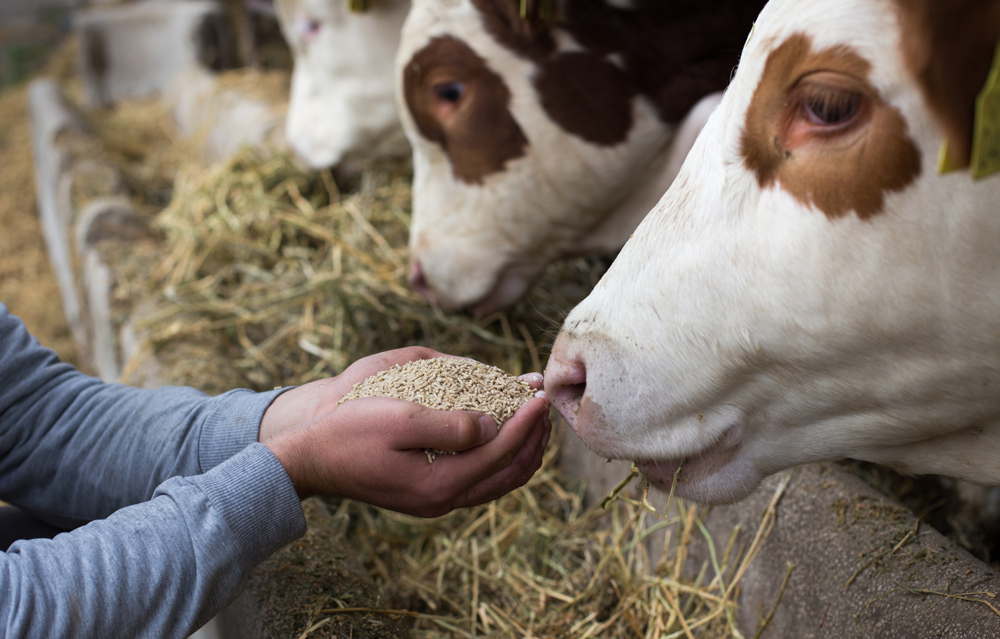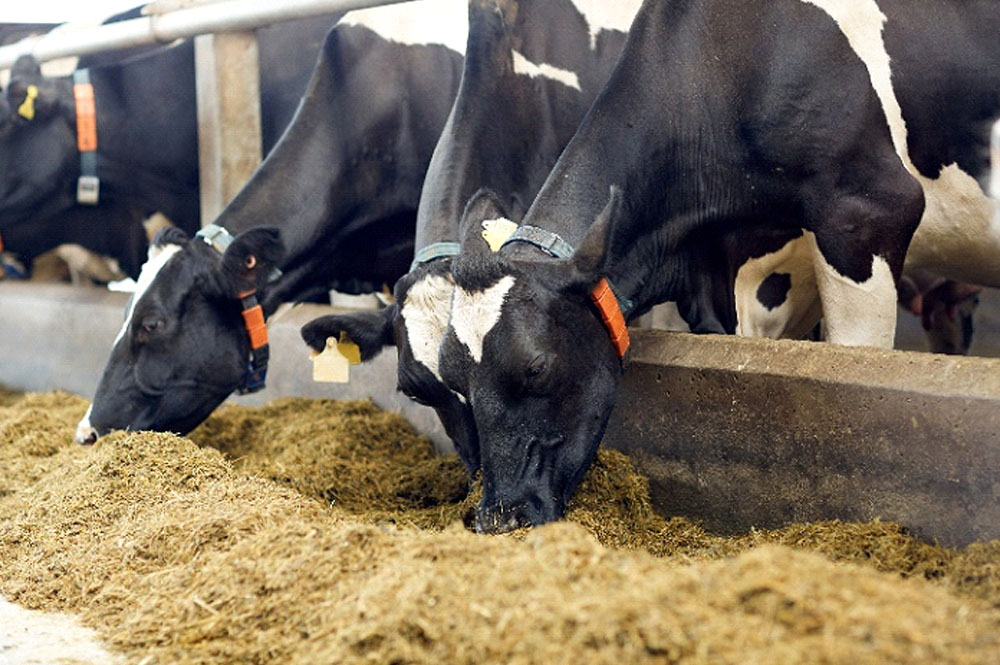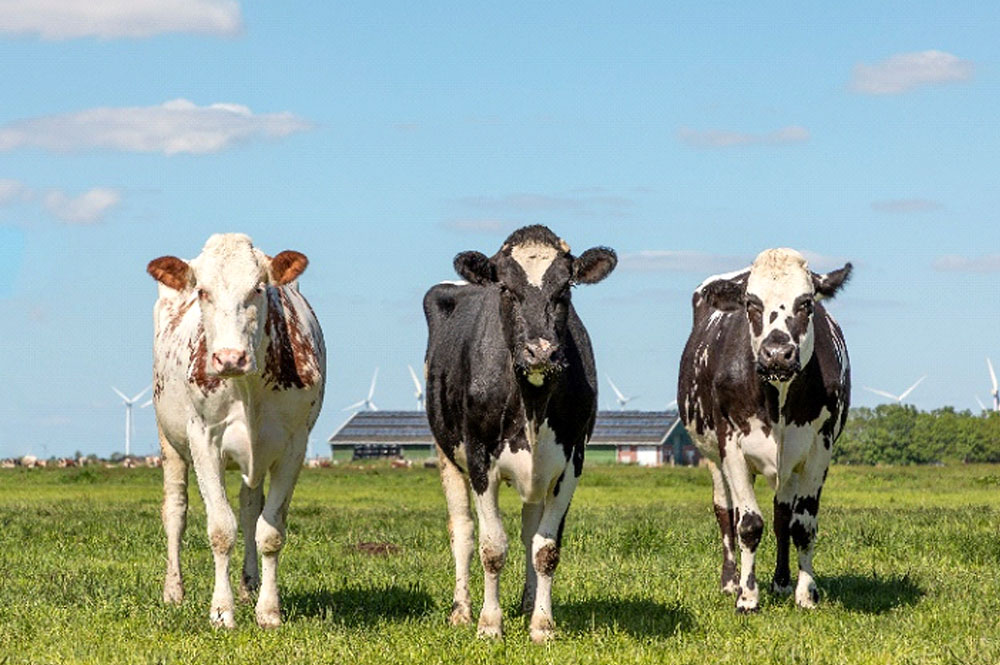Role Of Nutrition In Reproductive Performance And Fertility Of Animals

Continuous development in breeding, genetics, and animal nutrition as well as the use of technology and advanced management tools are facilitating the livestock sector more efficiently. As a result, production and efficiency have improved significantly in Pakistan over the past decade.
In dairy farming, cattle reproductive performance impacts milk production and, therefore, farm profitability and sustainability. A healthy, active and well synchronized reproductive system ensures continuous milk production for years (305 days out of 365 every year). For continuous milk production a cow must have a calf every year. To achieve that target quality nutrition and better management is vital that help to develop a healthy and well synchronized reproductive cycle.
Animal genetics, cow management such as housing and nutrition are key factors that can influence reproductive activity. Implementation of all aspects of these factors is important to achieve excellent reproductive

- Heat cycle `
- Conception rate
- Fetus growth
- Parturition
Implementation of an appropriate nutrition program is essential for growth and development at the initial stage of life. Adequate amount of protein, energy, vitamins and minerals plays an important role in better growth, reproductive organ development and healthy weight gain of heifers in order to achieve the required weight for puberty in targeted time slot.
When puberty occurs and the heat cycle begins is determined by weight of heifers rather than their age. In well-fed heifers usually, sexual maturity occurs and heifers show their first signs of heat when they have reached recommended body weight (about 40% of mature body weight) at about 11th month of age. However, environmental stress (especially in tropical


